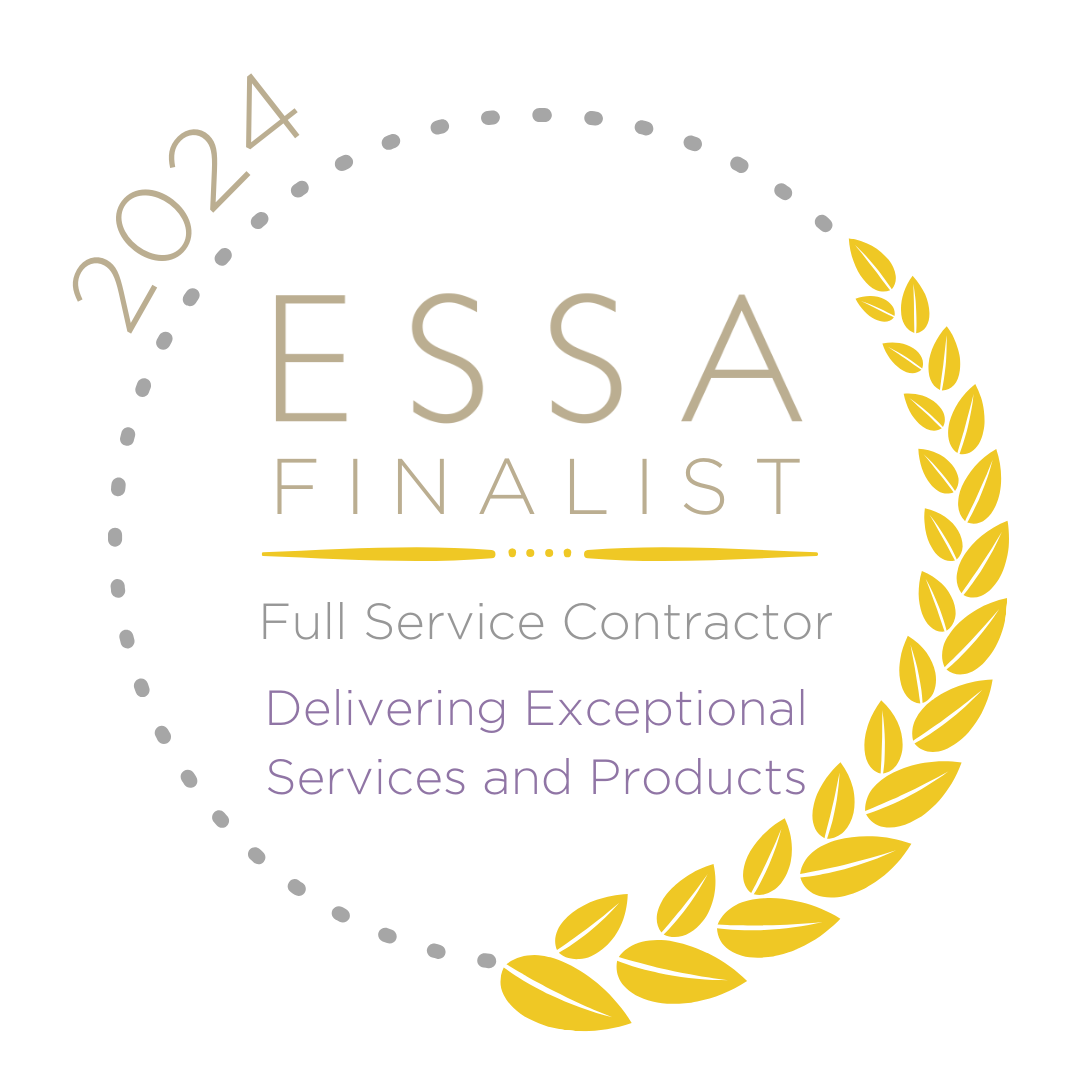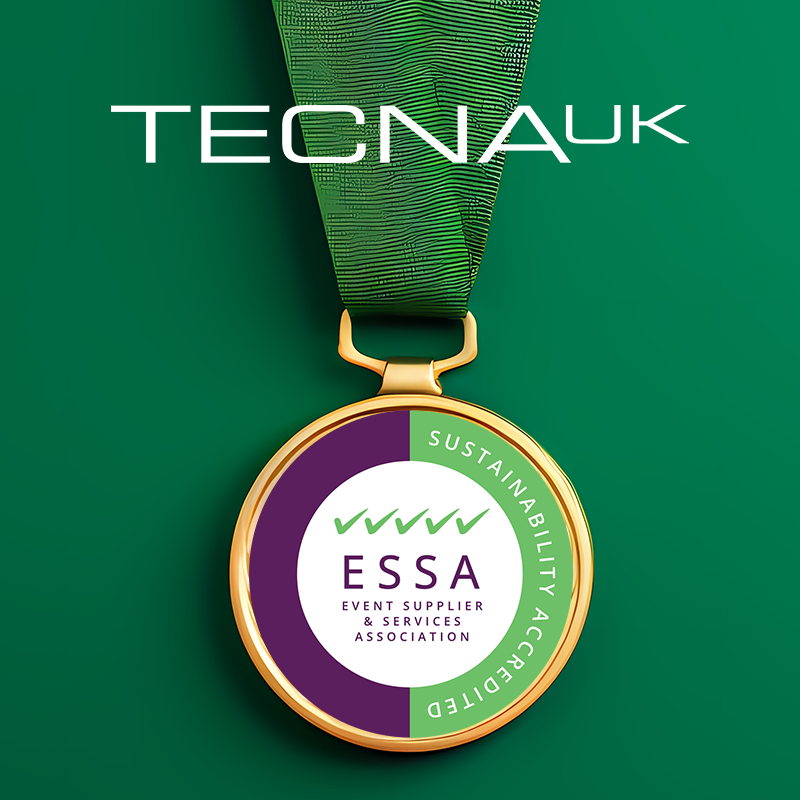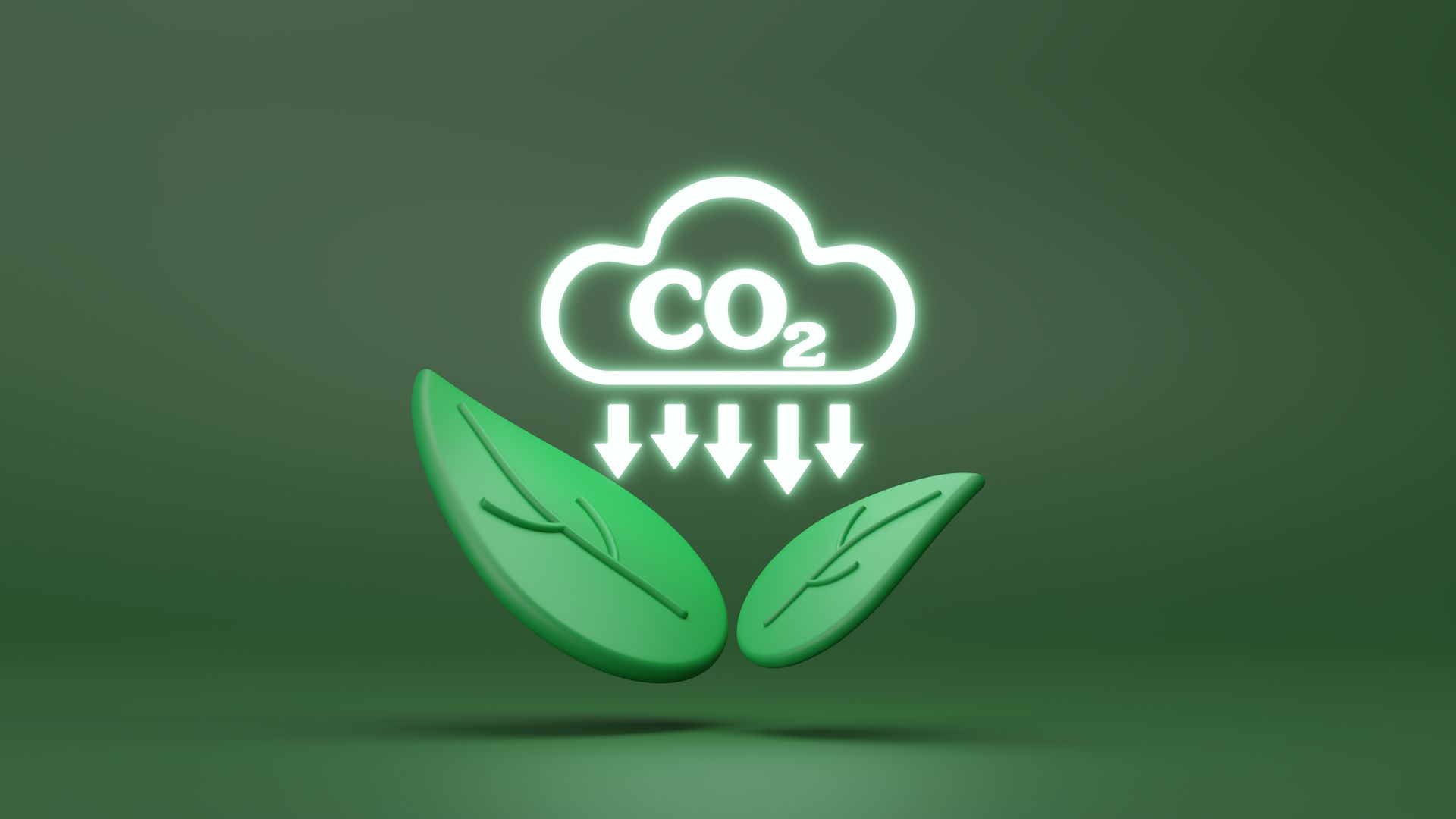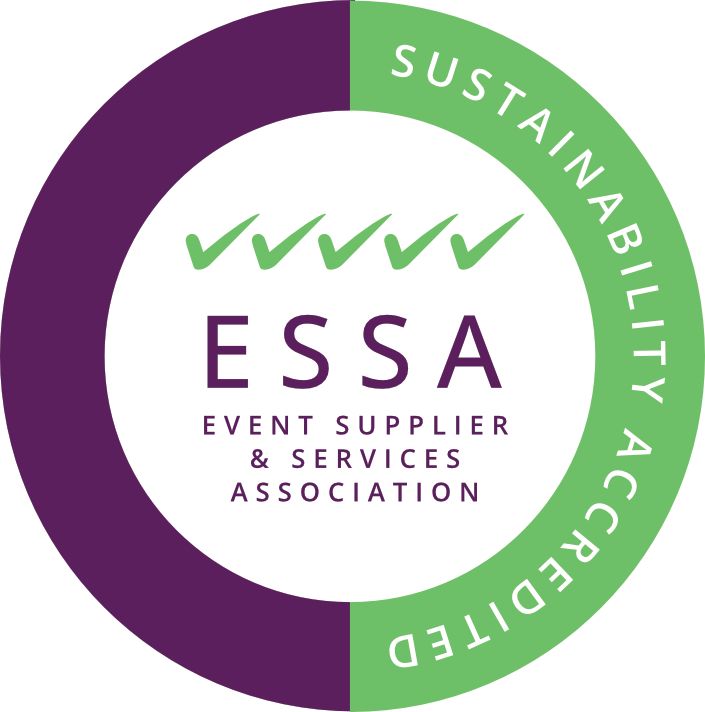A Guide To Graphic Substrates For Modular Displays
Volume 1: Tension Fabric, Semi-Rigid PVC & Foamex
It’s fair to say that the substrate market is pretty saturated, which can make keeping track of what’s available an increasingly complex task. This, naturally, also makes choosing the most suitable substrate for your
modular display all the more challenging.
To make things a little easier, we have decided to release a series of substrates guides where we’ll be taking a look at the various types of substrates available, outlining the key characteristics of each one, and examining what differentiates them from other substrates available on the market.
In this, the first of our series, we kick things off by focusing on three of the more popular graphic substrates used with modular displays: tension fabric, Foamex, and semi-rigid PVC.
Tension Fabric
What is Tension Fabric?
Arguably the hottest substrate on the market right now, tension fabric is a highly durable fabric, which is designed to be stretched out to meet the edges of the rigid modular framework. It is then attached using either Velcro or a silicone gasket edging.
The material most commonly used to create tension fabric is polyester, and the printing process dye sublimation – a process which retains colour extremely well, even when the graphics are exposed to sunlight or cleaned in a washing machine.
Note: UV printing can be used as a cost-effective alternative to dye sublimation, but be wary, it will cause graphics to crack if they are folded instead of rolled.
A Closer Look
Tension fabric’s rising popularity as a substrate can, in part, be attributed to its lightweight construction. Tension fabric can be easily rolled and put in the back of a small vehicle (depending on the size of the graphics), making it both logistically advantageous and a big money saver where transportation is concerned.
When to use Tension Fabric
Tension fabric is a great choice of substrate for those looking to put together their modular display quickly because tension fabric takes no time at all to fit to the modular display framework. Simply put, it’s a no brainer if you need to save on time.
Given the translucent nature of tension fabric, tension fabric is also a great substrate choice for those that are looking to create a backlit display or light boxes. The tension fabric graphics are attached to the modular framework, lights are suspended behind the fabric and voila! You’ve got yourself brighter graphics with increased visibility.
Semi-Rigid PVC
What is Semi-Rigid PVC?
PVC (polyvinyl chloride), or “vinyl”, comes in varying densities. Semi-rigid PVC, much like the name would indicate, is vinyl with higher flexibility and lower rigidity. It is sometimes referred to as a “rollable” graphic substrate because – as you may have guessed – it can be rolled up.
A Closer Look
Semi-rigid PVC is tear resistant and has high resistance to moisture, making it a viable option for outdoor displays. It also has a nice, smooth finish which means that you can create graphics with a super sleek finish.
The flexibility of semi-rigid PVC also comes along with several benefits. For starters, graphics printed on this substrate for a display can be rolled up, together with any other rollable graphics panels, and inserted into a transportation drum; if the graphics are small enough, the drum can then go into the back of a small-to-medium sized vehicle, making transportation a whole lot easier.
Be wary though, if semi-rigid PVC panels are kept in a drum for too long they may curl up slightly once they have been unrolled and mounted on your display. Also, keep in mind that semi-rigid PVC panels need to be handled very carefully, as any creases made in the graphics will remain there permanently.
When to use Semi-Rigid PVC
Semi-rigid PVC is popular for a reason. It can be scored, creased, and bent, so it can be used to create a modular display with visual flair. For instance, semi-rigid PVC can be bent around any curved modular framework to create curved displays.
Foamex
What is Foamex?
Foamex is another popular choice of graphic substrate. Foamex, essentially, is a PVC foam board that has been compressed to create a strong, rigid plastic board.
Foamex is most commonly sold in thicknesses of 3mm, 5mm and 10mm, although there are other thicknesses available.
Foamex can be attached to modular framework in a number of ways, though magnetic strips, double-sided tape, and Velcro are the most common ways to do this.
A Closer Look
Foamex is a popular choice of substrate because, even though it is rigid, being made from foam makes it surprisingly lightweight, especially when compared to its wooden counterparts that are often used to create custom-built displays.
Likewise, Foamex is also endlessly versatile: it comes in a range of colours, it can be cut to create custom shapes to give a display a custom look and feel, and it is water resistant, which means that it can be used for both indoor and outdoor displays. A definite plus!
Where Foamex falters slightly in comparison to the other two substrates is transportation. Because of its rigidity, Foamex panels cannot be rolled or folded, and can be quite cumbersome to move around. If the panels are required for a large display, a much larger vehicle will be required to transport the graphics.
When to use Foamex
Foamex is a great choice for creating modular displays that are not only sturdy and stable, but also lightweight at the same time. Much like tension fabric, it is also nice and easy to attach to the framework which makes for a quick display construction time.
Because Foamex is simply brimming with versatility, it can be used to create modular displays with interesting looks and shapes. The thinner sizes – in particular the 3mm Foamex – can be bent around curved modular frameworks to create interesting curves and give your modular display extra aesthetic appeal.
That wraps up the first in our series of graphic substrates guides. As you can see, each of the three graphic substrates outlined have benefits and uses that, though similar in some cases, make them a great a substrate choice in their own right. In volume two, we’ll be covering some of the less popular, albeit equally fantastic, substrates that can be used for modular displays. Stay tuned to find out more.
Copyright © 2023 All Rights Reserved by Tecna UK Ltd Registered Company Number: 06459394












